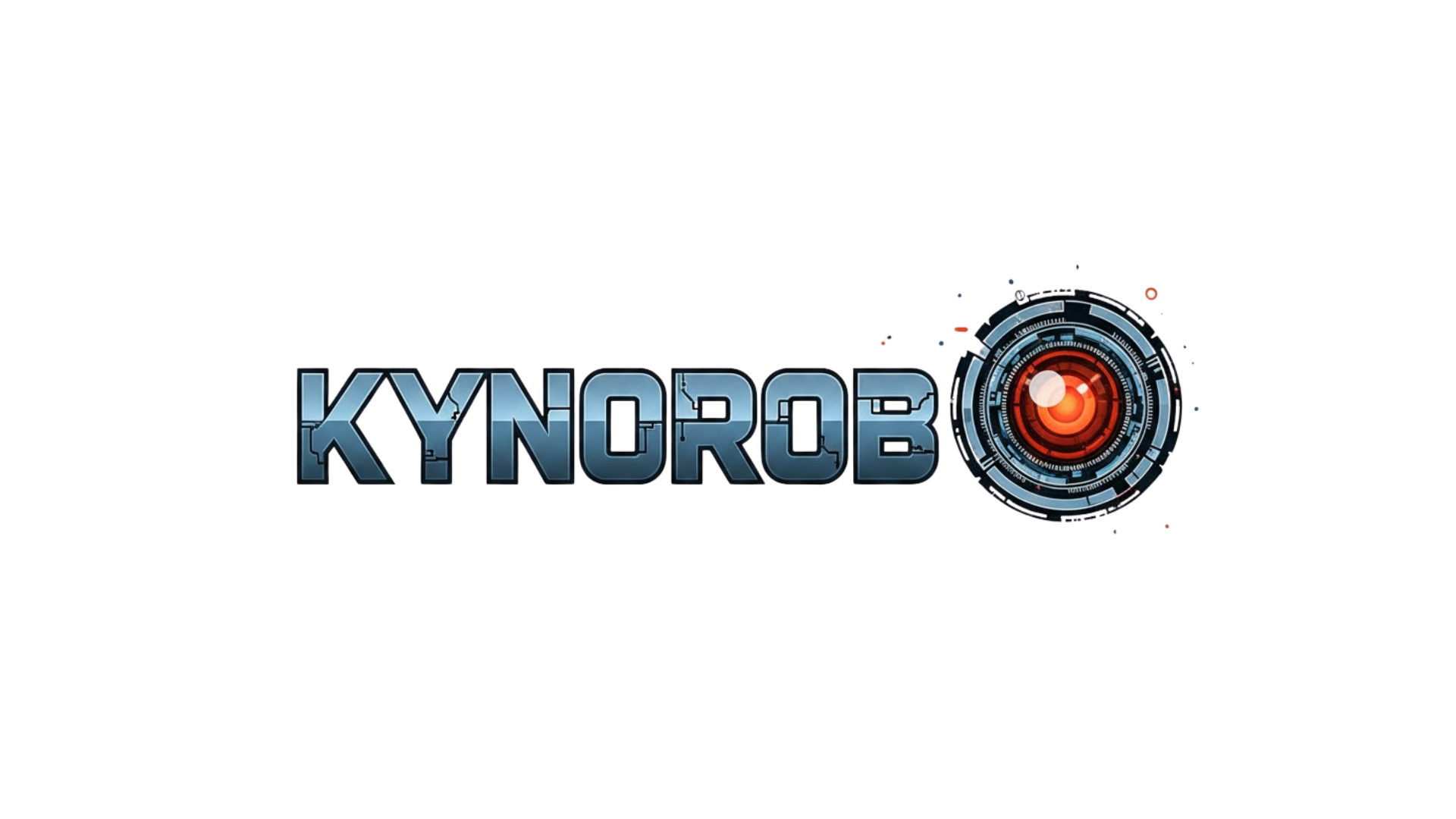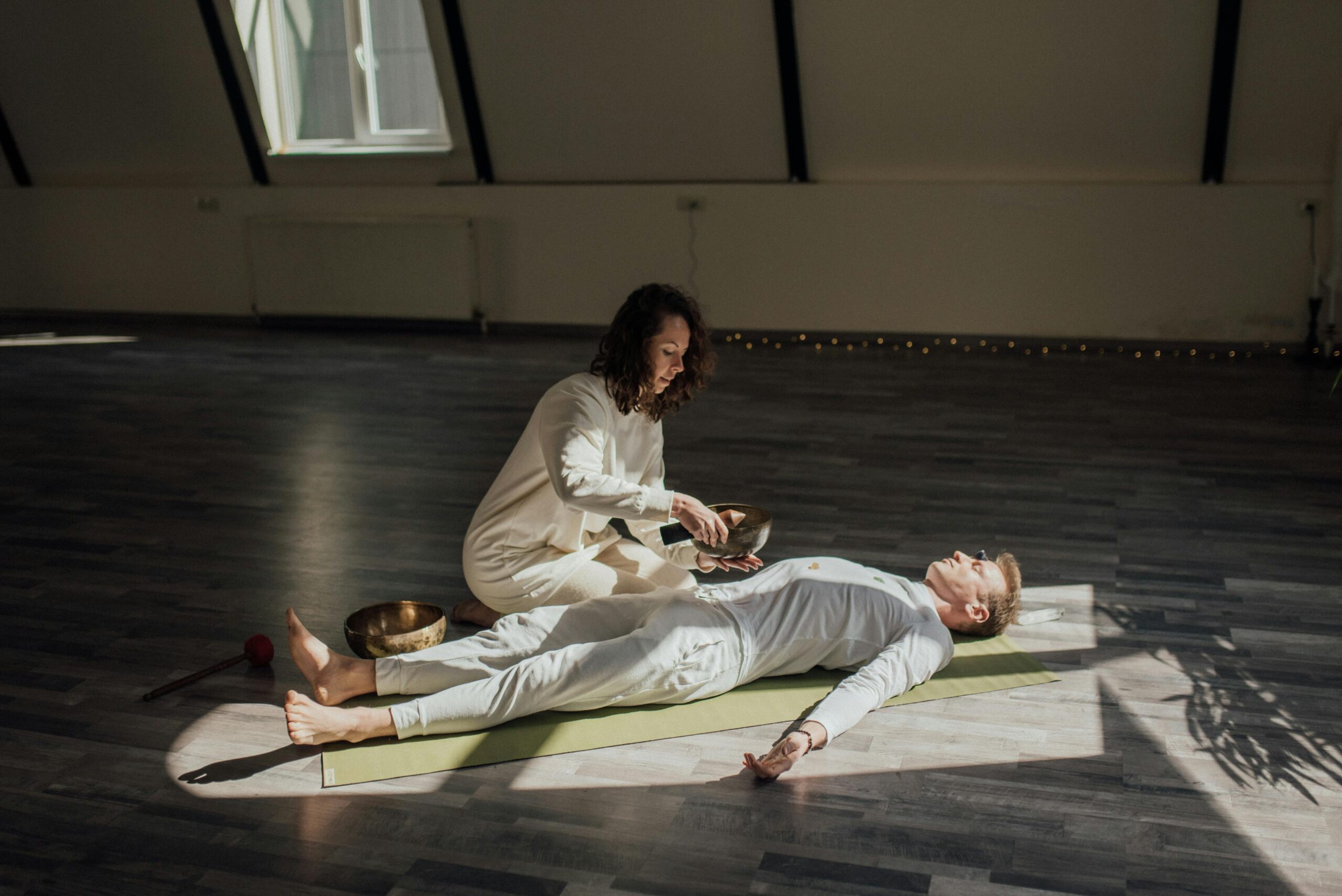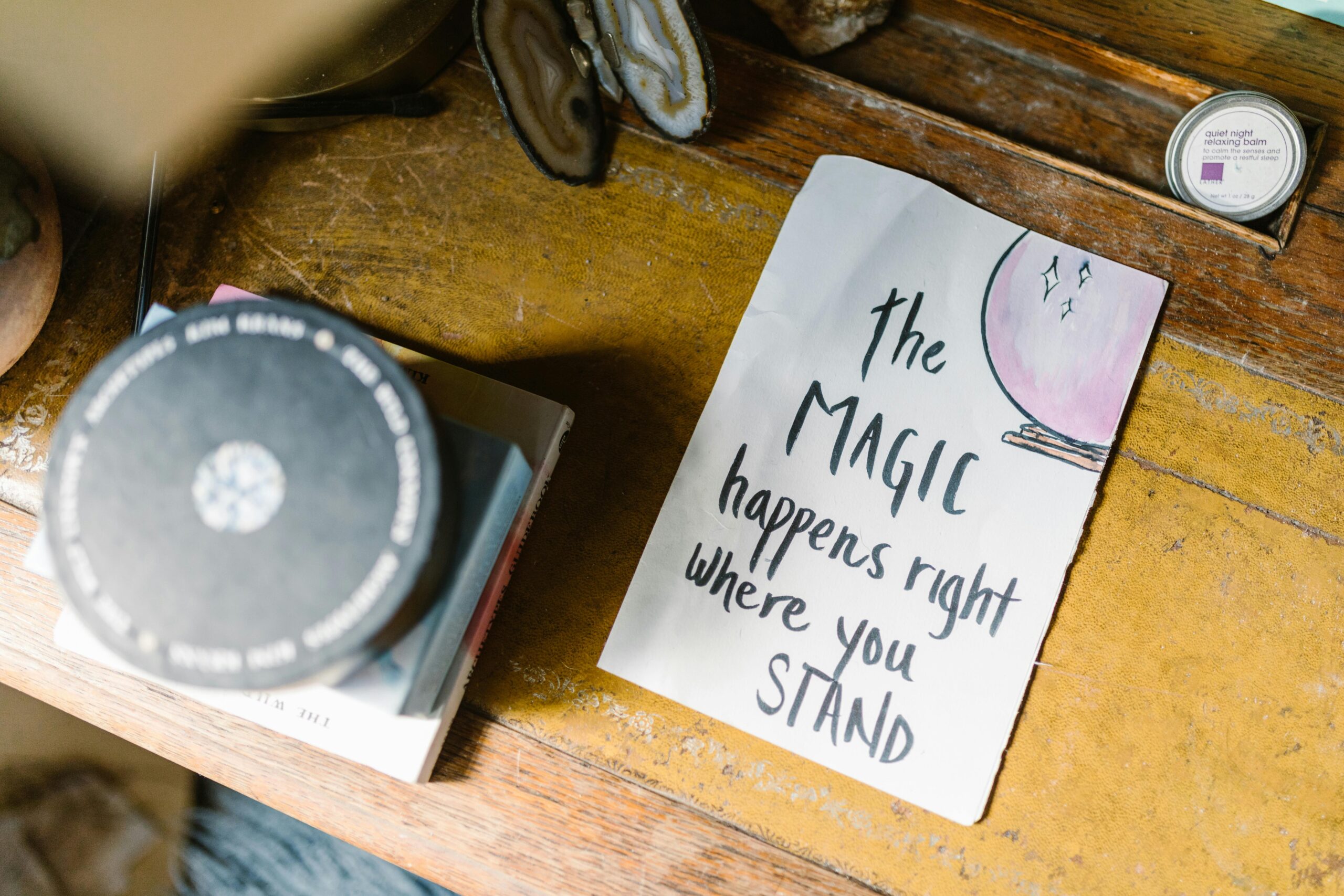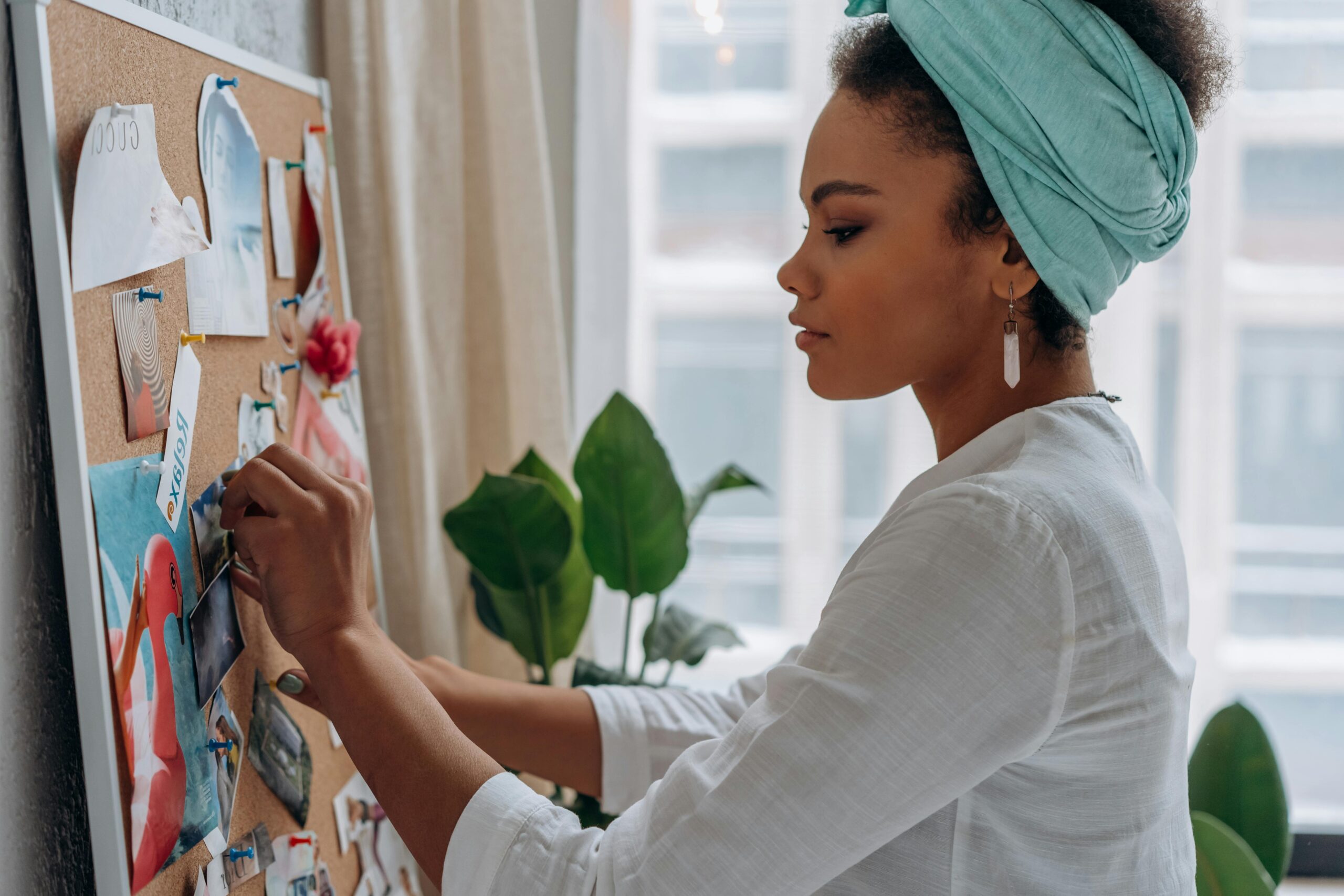Color therapy, also known as chromotherapy, is an ancient healing practice that uses the visible spectrum of light and color to influence our physical, emotional, and mental well-being.
From the vibrant hues adorning ancient Egyptian temples to modern wellness centers, humans have long recognized that colors possess remarkable power to affect our mood, energy levels, and overall health. This holistic approach to healing isn’t just mystical thinking—contemporary research continues to unveil the profound connections between color exposure and our physiological responses.
Whether you’re seeking relief from stress, looking to boost your productivity, or simply wanting to create a more harmonious living environment, understanding color therapy can transform your daily experiences in meaningful ways. The beauty of this practice lies in its accessibility; you don’t need expensive equipment or specialized training to begin incorporating its principles into your routine.
🎨 Understanding the Science Behind Color Therapy
Color therapy operates on the principle that different wavelengths of light affect our bodies at cellular and energetic levels. When light enters our eyes, it doesn’t just enable vision—it triggers neurological responses that influence hormone production, circadian rhythms, and emotional states.
Research has demonstrated that exposure to specific colors can measurably alter heart rate, blood pressure, and brain wave activity. Blue light, for instance, suppresses melatonin production, which explains why evening screen time disrupts sleep patterns. Conversely, warmer colors like red and orange can increase alertness and stimulate appetite.
The practice draws from both Eastern and Western healing traditions. In Ayurvedic medicine, colors correspond to the seven chakras or energy centers in the body. Traditional Chinese Medicine associates colors with the five elements and their corresponding organs. Meanwhile, Western psychology has extensively studied color’s impact on perception, behavior, and emotional processing.
The Psychology of Color Perception
Our responses to color aren’t purely biological—they’re deeply intertwined with cultural conditioning and personal associations. While some reactions appear universal, others vary significantly across cultures. For example, white symbolizes purity in Western contexts but represents mourning in many Eastern traditions.
Understanding these nuances helps us apply color therapy more effectively in our individual contexts. Your personal history with specific colors matters just as much as their traditional associations when creating healing environments.
💙 The Healing Properties of Individual Colors
Each color within the spectrum carries distinct energetic qualities and therapeutic applications. Learning these associations empowers you to make intentional choices about the colors you surround yourself with daily.
Red: The Energizer
Red stimulates circulation, increases energy levels, and awakens physical vitality. This powerful color activates the root chakra, grounding us in physical reality and survival instincts. Use red when you need motivation, physical strength, or courage to face challenges.
However, excessive exposure to red can increase agitation and anxiety. People with high blood pressure or anger management issues should use this color sparingly in their environments.
Orange: The Creative Catalyst
Orange combines red’s energy with yellow’s joy, creating a color that stimulates creativity, sociability, and emotional expression. It’s particularly beneficial for those recovering from emotional trauma or dealing with depression, as it encourages optimism and enthusiasm.
This color supports the sacral chakra, which governs creativity, sexuality, and emotional balance. Incorporate orange in spaces where you want to encourage playfulness, innovation, and connection.
Yellow: The Mental Stimulant ☀️
Yellow activates mental clarity, concentration, and intellectual processes. Associated with the solar plexus chakra, it strengthens personal power, confidence, and decision-making abilities. This sunny hue naturally elevates mood and combats seasonal affective disorder.
Use yellow in study spaces, offices, or anywhere requiring focus and mental stamina. Be cautious with intense yellows in bedrooms, as they may prove too stimulating for restful sleep.
Green: The Great Balancer
Green occupies the center of the visible spectrum, representing balance, harmony, and renewal. It’s the color of nature, promoting healing, growth, and emotional equilibrium. Green soothes the nervous system, making it ideal for reducing stress and anxiety.
This color corresponds to the heart chakra, facilitating compassion, love, and emotional healing. Green environments support recovery from illness and create peaceful, restorative spaces.
Blue: The Calming Communicator 💙
Blue reduces blood pressure, slows heart rate, and promotes tranquility. It’s associated with the throat chakra, supporting clear communication and authentic self-expression. Blue environments facilitate meditation, contemplation, and peaceful rest.
Different shades offer varying effects: light blue calms and soothes, while deeper navy blues provide protection and introspection. Blue is excellent for bedrooms, meditation spaces, and anywhere you seek peace.
Indigo: The Intuitive Opener
Indigo deepens intuition, enhances spiritual awareness, and supports the third eye chakra. This mysterious color bridges the gap between physical and spiritual realms, making it valuable for meditation, dream work, and developing psychic abilities.
Use indigo sparingly, as it’s highly introspective and can feel heavy if overused. It works best as an accent color in spiritual practice spaces.
Violet: The Spiritual Crown
Violet represents the highest vibration in the visible spectrum, corresponding to the crown chakra. It facilitates spiritual connection, wisdom, and transcendence of ego. This color supports meditation, prayer, and connection to higher consciousness.
Purple also stimulates imagination and creativity while providing a sense of luxury and refinement. Use it to create sacred spaces or areas devoted to spiritual practice.
🏠 Practical Applications in Your Home Environment
Your living space profoundly influences your daily well-being. Strategic color choices in different rooms can support various activities and emotional states throughout your day.
Bedroom Color Strategies
Bedrooms benefit most from calming, cool colors that promote relaxation and restorative sleep. Soft blues, gentle greens, and muted lavenders create ideal sleeping environments. Avoid intense reds or bright yellows, which can prove too stimulating for quality rest.
If you prefer warmer tones, choose dusty rose, terracotta, or peach—warmer colors that have been softened to reduce their stimulating effects. Consider using these as accent colors rather than dominant wall colors.
Kitchen and Dining Areas
Kitchens traditionally favor warm colors like yellow, orange, and red, which stimulate appetite and encourage social gathering. These colors create welcoming environments that bring families together around meals.
However, if weight management is a concern, consider cooler tones like blue or green, which naturally suppress appetite. Many diet experts recommend using blue plates for this reason.
Home Office Optimization
Workspaces require colors that enhance focus, creativity, and productivity. Yellow stimulates mental activity, making it excellent for areas requiring concentration. Green balances stress while maintaining alertness, ideal for long working hours.
Blue supports clear communication and calm problem-solving. Consider combining colors: a primarily neutral space with strategic pops of yellow for mental stimulation and green for stress reduction.
Living Room Balance
Living rooms serve multiple functions, requiring balanced color schemes. Neutral bases with colorful accents allow flexibility. Use throw pillows, artwork, and decorative objects to introduce therapeutic colors that you can easily change based on seasonal needs or shifting priorities.
👗 Wearing Your Healing Colors
Your clothing choices offer immediate, portable color therapy. The colors you wear directly contact your body’s energy field while signaling specific messages to yourself and others.
Wear red when you need confidence for important presentations or physically demanding tasks. Choose blue for stressful situations requiring calm communication. Green supports healing during illness or emotional recovery. Yellow brightens mood on gloomy days or during creative projects.
Pay attention to which colors you’re naturally drawn to each morning—your intuition often guides you toward colors providing exactly what you need that day.
🧘♀️ Color Meditation and Visualization Practices
Direct color meditation amplifies chromotherapy’s benefits through focused intention and visualization. These practices require no special equipment—just quiet time and imagination.
Basic Color Breathing Exercise
Sit comfortably and close your eyes. Visualize breathing in your chosen color as luminous light. Imagine this colored light filling your lungs, then spreading throughout your entire body with each breath. As you exhale, visualize releasing stress, pain, or negativity as murky, gray smoke.
Continue for 5-10 minutes, allowing the healing color to saturate every cell. Different colors address specific issues: green for healing, blue for peace, yellow for mental clarity, orange for emotional release.
Chakra Color Balancing
Visualize each chakra point glowing with its corresponding color: red at the base of your spine, orange below your navel, yellow at your solar plexus, green at your heart, blue at your throat, indigo at your third eye, and violet at your crown.
Spend time with each energy center, breathing color into any areas feeling dim or blocked. This practice balances your entire energetic system, promoting holistic wellness.
🌈 Creating a Personal Color Therapy Toolkit
Building a simple color therapy toolkit makes these practices accessible whenever needed. Your toolkit might include:
- Colored light bulbs or LED strips for different rooms
- Colored glass or cellophane to place over windows or lamps
- A collection of colored fabrics, scarves, or blankets
- Gemstones and crystals in various colors
- Colored art supplies for creative color expression
- A wardrobe representing the full color spectrum
- Essential oils associated with specific colors (lavender for purple, citrus for yellow)
Keep these tools organized and accessible so you can quickly adjust your environment or practice based on your immediate needs.
🍎 Color Therapy Through Nutrition
The colors of foods we eat provide not just visual pleasure but therapeutic benefits. Rainbow eating—consuming fruits and vegetables across the color spectrum—ensures diverse nutrient intake while providing energetic benefits.
Red foods like tomatoes, strawberries, and red peppers contain lycopene and support cardiovascular health. Orange foods including carrots, sweet potatoes, and oranges provide beta-carotene for immune function. Yellow foods like bananas and yellow squash support digestive health.
Green vegetables are nutritional powerhouses supporting detoxification and cellular health. Blue and purple foods like blueberries, eggplant, and purple cabbage contain anthocyanins that protect brain function and reduce inflammation.
Creating colorful meals becomes a daily color therapy practice that nourishes body, mind, and spirit simultaneously.
💆♀️ Combining Color Therapy with Other Wellness Practices
Color therapy amplifies other healing modalities when thoughtfully combined. Pairing chromotherapy with complementary practices creates synergistic effects.
During massage or bodywork, colored lights can enhance relaxation and healing. Essential oil aromatherapy combined with corresponding colors deepens the experience—lavender oil with purple light, citrus oils with yellow or orange light.
Yoga practitioners can wear specific colors or practice in colored-light environments matching their intention. Sound healing with colored visualization creates multi-sensory therapeutic experiences.
Even simple practices like journaling become more powerful when using colored pens intentionally: blue for emotional expression, green for gratitude, red for passion and goals.
🌟 Overcoming Common Color Therapy Misconceptions
Despite growing acceptance, color therapy faces skepticism. Understanding both its potential and limitations ensures realistic expectations and optimal results.
Color therapy isn’t a replacement for conventional medical treatment but rather a complementary practice supporting overall wellness. It works gradually through consistent application rather than providing instant cures.
Individual responses vary significantly. While color associations have general patterns, your personal experiences and cultural background influence your unique responses. What calms one person might energize another.
The practice requires no rigid rules—experimentation and intuition guide effective personal application. Trust your body’s wisdom about which colors serve you in different situations.
🎯 Developing Your Color Intuition
Becoming attuned to color’s subtle influences develops over time through mindful observation. Start noticing which colors appear in your life during specific emotional states or life phases.
Keep a color journal documenting your daily color choices in clothing, food, and environment alongside your mood and energy levels. Patterns emerge revealing your body’s innate wisdom about color selection.
Practice color meditation regularly to deepen your sensitivity to chromatic energies. As awareness grows, you’ll naturally gravitate toward colors supporting your highest good in each moment.
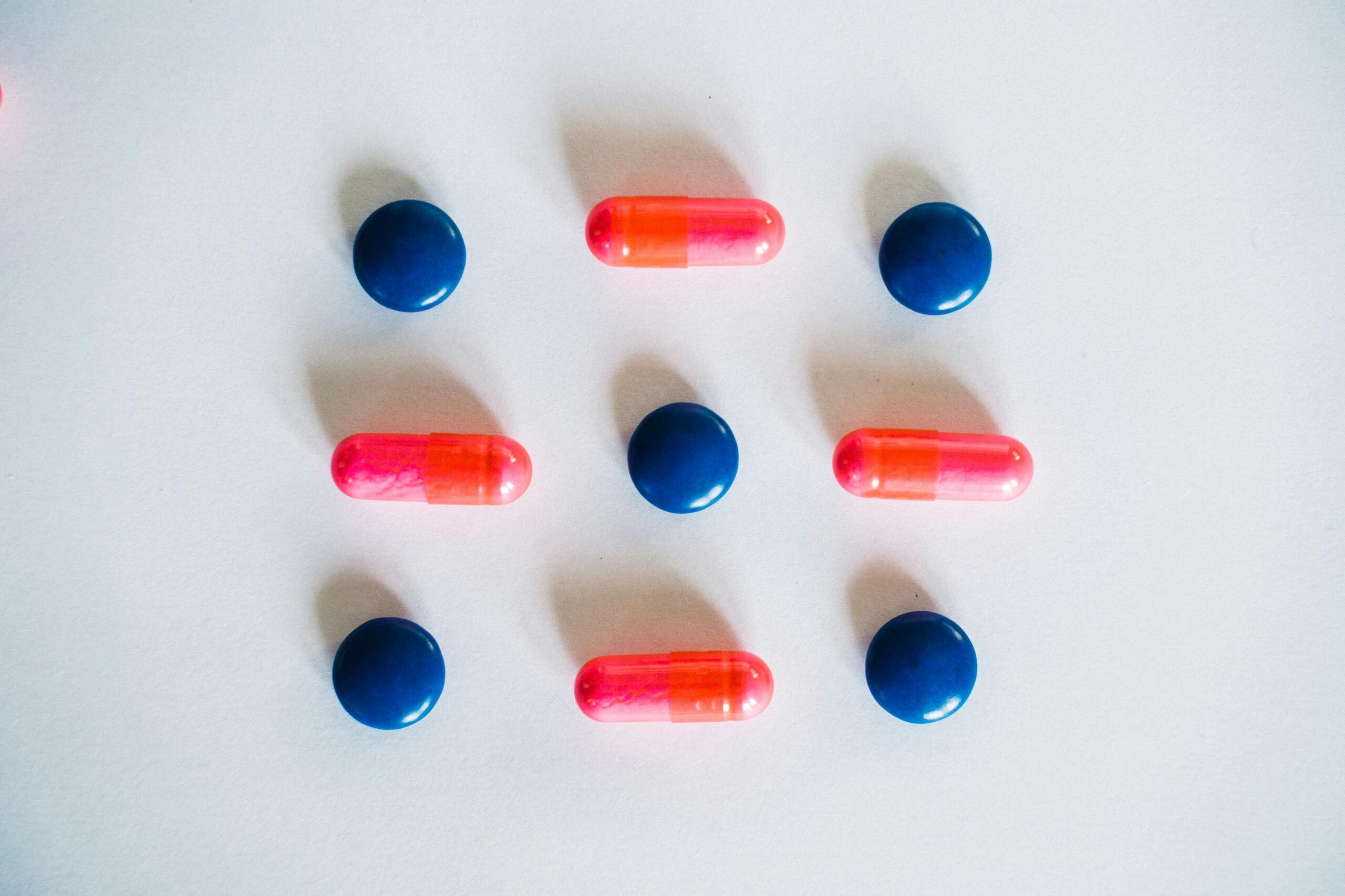
🌸 Integrating Color Healing Into Daily Rituals
Sustainable wellness practices integrate seamlessly into existing routines rather than requiring dramatic lifestyle overhauls. Small, consistent color therapy applications accumulate into significant benefits over time.
Begin each morning by intuitively selecting clothing colors matching your intentions for the day. Create a breakfast plate arranged by color for visual and nutritional therapy. Light a colored candle during your morning coffee or tea.
Throughout your day, take color breathing breaks—sixty seconds visualizing healing colors can reset your nervous system during stressful moments. End your evening with a blue-light wind-down period, replacing screens with soft, warm lighting that supports melatonin production.
These simple practices, repeated consistently, weave color therapy’s healing power throughout your daily experience, creating gradual but profound transformations in your wellbeing.
Color therapy offers an accessible, affordable, and enjoyable path toward greater physical, emotional, and spiritual wellness. By understanding each color’s unique properties and intentionally incorporating them into your environment, wardrobe, diet, and mindfulness practices, you harness light’s healing power in practical, life-enhancing ways. Your journey with color therapy becomes deeply personal—an ongoing exploration of how these vibrant energies support your unique path toward wholeness and vitality. Start today with one simple change, and watch as the rainbow of possibilities unfolds in your life. 🌈
Toni Santos is an energy-medicine researcher and subtle-science writer exploring how bio-fields, chakra systems, and frequency therapies shape healing and evolution. Through his investigations into sound medicine, field coherence and energetic design, Toni examines how the invisible dimensions of being become the foundation for presence, transformation and wholeness. Passionate about subtle anatomy, resonance and therapeutic frequency, Toni focuses on how vibration, field awareness and holistic design influence the human system. His work highlights the intersection of science, consciousness, and healing — guiding readers toward living in alignment, resonance and depth. Blending energy medicine, sound healing and field psychophysiology, Toni writes about the landscape of subtle reality — helping readers understand how they inhabit, interact with and expand their energetic fields. His work is a tribute to: The architecture of bio-fields and their role in human vitality The interplay of chakra science, frequency healing and conscious embodiment The vision of subtle medicine as coherent, embodied and whole Whether you are a practitioner, researcher or intuitive explorer, Toni Santos invites you to move into the field of possibility — one vibration, one center, one healing at a time.
